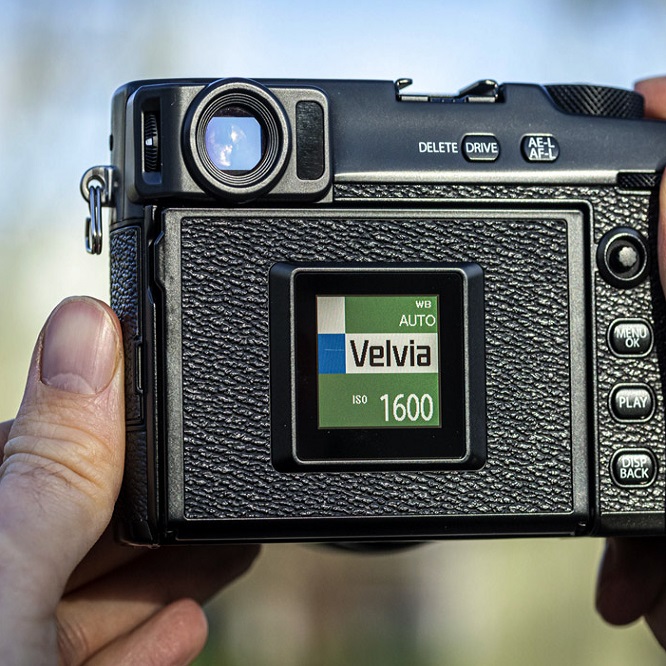Investing in a used Fujifilm camera is an excellent way to enter the world of photography without breaking the bank. Pre-owned cameras can offer significant value, but it’s crucial to make an informed decision. This guide will help you navigate the process of choosing a used Fujifilm camera, focusing on factors to consider, where to look for good deals, checking the camera’s condition, and understanding the model’s lifespan and capabilities.
Essential Factors to Consider
Identifying Your Photography Needs
Before diving into the second-hand market, define what you need in a camera. Consider the type of photography you’ll do, whether it’s landscape, street, portrait, or a mix. Your intended use will influence the choice of model, features, and lens compatibility. Fujifilm’s range includes both the X-Series and GFX medium format cameras, offering options for various needs and budgets.
Setting a Budget and Expectations
Set a realistic budget for your used camera purchase. Remember to account for any additional expenses such as lenses, batteries, or memory cards. When shopping used, expect some wear and tear. However, ensure that this does not affect the camera’s performance. Balancing cost with expectations is crucial to find value in a pre-owned Fujifilm camera.
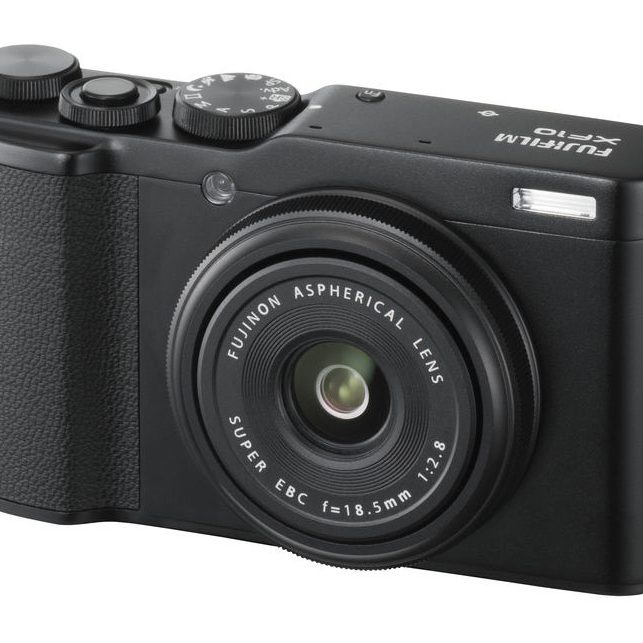
Where to Find Used Fujifilm Cameras
Reputable Online Marketplaces
Online platforms like eBay, KEH, and B&H Photo Video’s used department are popular places to find used cameras. These sites often provide buyer protection and ratings for the camera’s condition, giving you a sense of security in your purchase. Always read the description and reviews carefully, check return policies, and communicate with the seller if you have questions.
Local Camera Stores and Photography Forums
Local camera stores may have a selection of used gear and the advantage of being able to inspect the camera in person. Additionally, photography forums and communities sometimes have classified sections where members sell their gear. Buying from a fellow photography enthusiast can provide insight into the camera’s history and care.
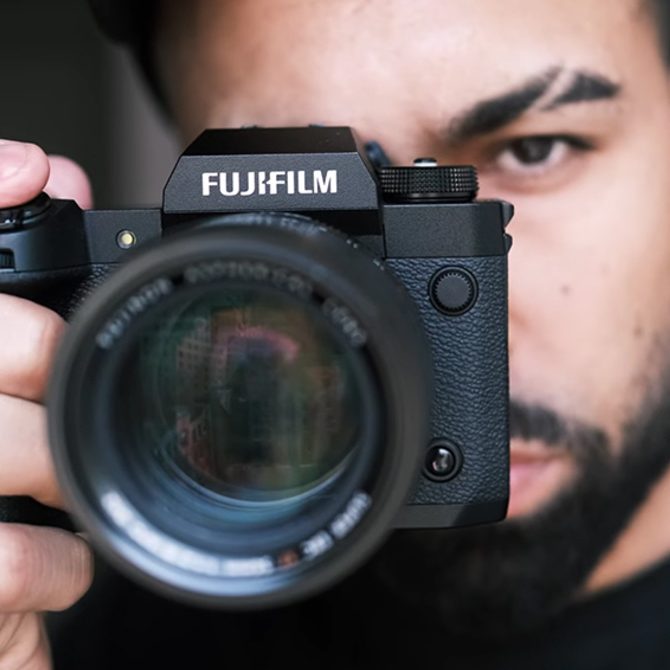
Inspecting the Camera’s Condition
Checking for Cosmetic Damage and Wear
First, examine the camera’s body for scratches, dents, or other signs of heavy use. Cosmetic wear might indicate how well the previous owner maintained the camera. While minor scratches are usually fine, significant damage could suggest potential internal issues.
Ensuring Functionality and Performance
Test all functions of the camera to ensure everything works correctly. Check the LCD screen, viewfinder, buttons, dials, and any connectivity ports. Ensure the sensor is clean and free from scratches or dust. Take some test shots to evaluate autofocus performance, image quality, and shutter operation. Don’t forget to inspect battery life and any included accessories.

Understanding Model Lifespan and Capabilities
Researching the Camera’s Release Date
Understanding the release date of the model you’re considering can give you insight into its technological relevance. While older models may offer excellent value, they might lack certain features found in newer releases. Determine if the camera’s age aligns with your photography needs and the level of technology you require.
Assessing Long-Term Usability
Consider the potential longevity of the used camera. Research common issues or recalls for the specific model. Check if firmware updates are still available, as they can extend the camera’s life and improve performance. A used camera with a solid track record and ongoing manufacturer support is more likely to be a valuable purchase in the long term.
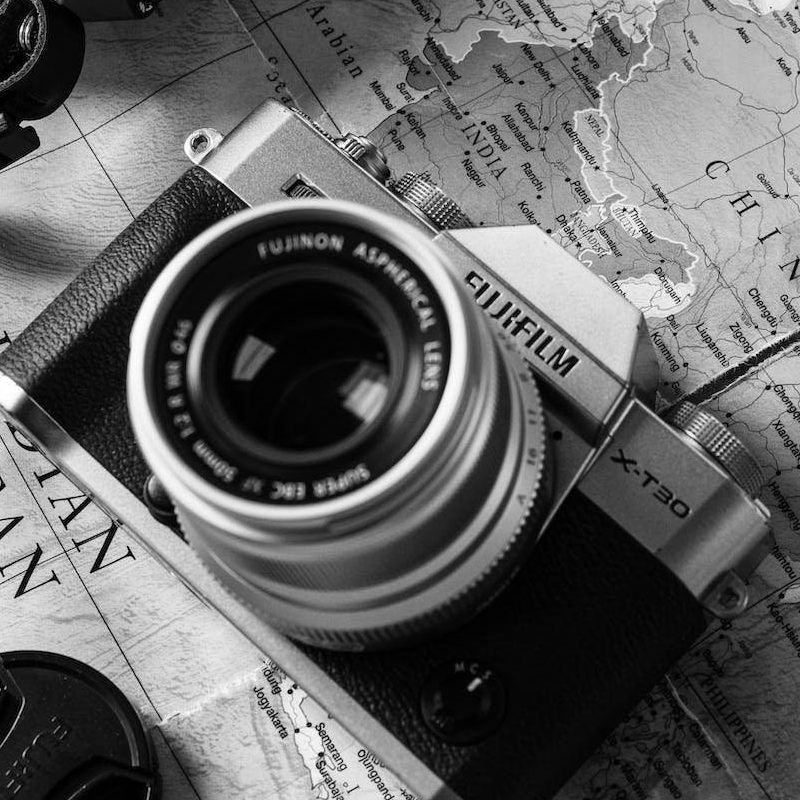
Evaluating Features and Performance
Considering Sensor Size and Image Quality
When choosing a used Fujifilm camera, consider the sensor size, as it significantly impacts image quality and low-light performance. Fujifilm offers cameras with APS-C sensors and the larger medium-format sensors in the GFX series. Assess whether the camera’s image quality meets your requirements for print size, cropping flexibility, and ISO performance.
Reviewing Autofocus and Speed
A camera’s autofocus system and speed are critical for capturing sharp images, especially in dynamic shooting situations. Test the autofocus speed and accuracy in various lighting conditions. Also, consider the camera’s continuous shooting rate if you plan to shoot action or sports photography. Make sure the camera’s performance aligns with your shooting style and subjects.
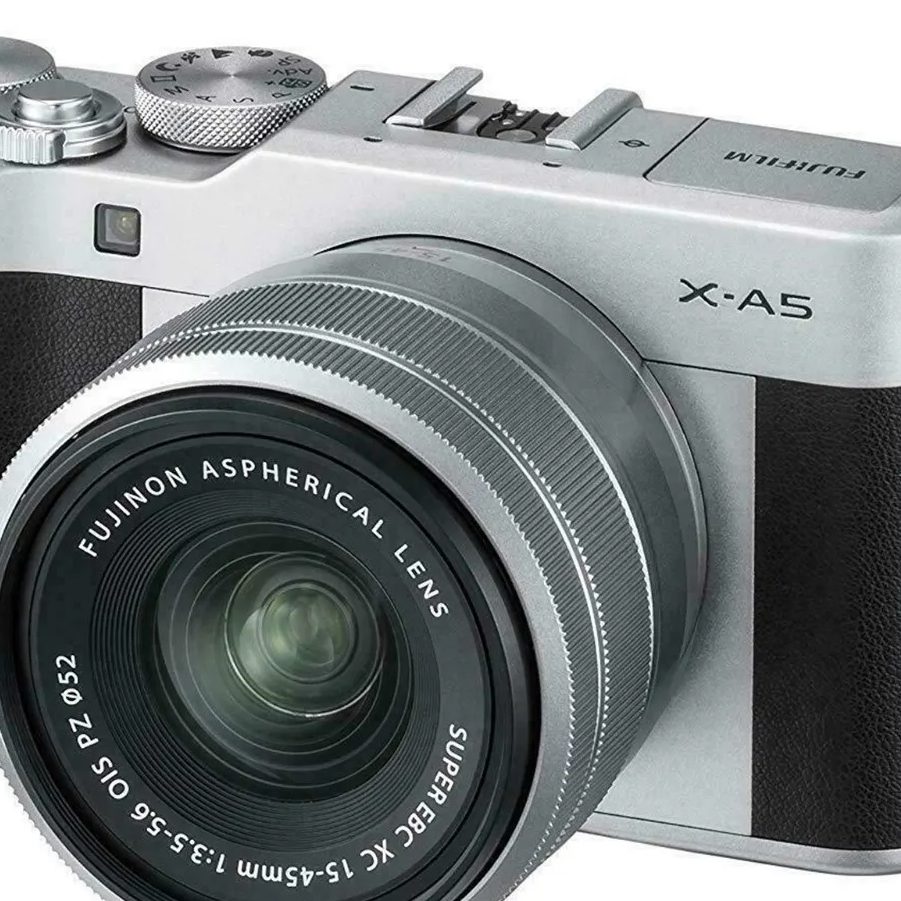
Assessing Lens Compatibility and System Expansion
Understanding Lens Options
The lenses you plan to use with your Fujifilm camera are as important as the camera body itself. Research the lens ecosystem to ensure that the camera supports the lenses you need for your photography. Consider factors like focal length, maximum aperture, and lens stabilization. Make sure the used camera you’re interested in is compatible with the lenses you anticipate using or already own.
Planning for Future Upgrades
Think about the potential for system expansion. If you plan to grow your photography gear in the future, ensure that the used camera can serve as a solid foundation for additional lenses, flash units, and other accessories. A camera that’s part of a well-supported system with a wide range of compatible gear will offer more value in the long run.
Making the Purchase Decision
Taking the Leap with Confidence
After considering all the factors, if you find a used Fujifilm camera that meets your needs, budget, and quality standards, you’re ready to make the purchase. Trust your research, the testing you’ve done, and the assessments you’ve made about the camera’s condition and capabilities. Remember that buying used not only saves you money but also contributes to sustainable consumer practices by giving a second life to perfectly functional equipment.
Sealing the Deal with Peace of Mind
After ticking all the boxes for your needs, ensuring compatibility with your existing or planned gear, and thoroughly testing the camera’s functionality, it’s time to seal the deal. Remember to ask for any available warranties or guarantees, even with used equipment, as this can provide additional peace of mind. Completing the transaction with a reputable seller, whether it’s an individual or a store, will further assure you of the quality of your purchase. With your used Fujifilm camera in hand, embrace the adventure ahead, knowing you’ve made a smart, value-driven choice that reflects both your artistic vision and a practical investment in your photography passion.
Choosing a used Fujifilm camera requires careful consideration of your needs, budget, and where to find the best deals. Thoroughly inspecting the camera’s condition and understanding its lifespan will ensure you get the most value out of your investment. By following these guidelines, you can make a confident and informed decision, securing a camera that will provide exceptional image quality and performance for years to come. Whether you’re new to photography or looking to expand your gear without overspending, the used market is a treasure trove waiting to be explored. With patience and due diligence, you’ll find a Fujifilm camera that captures stunning images while also saving you money.
Exploring Budget Fujifilm Cameras for Photographers on a Tight Budget
Finding Value in Fujifilm’s Entry-Level Offerings
For budding photographers or those looking to enter the world of photography without breaking the bank, Fujifilm’s entry-level cameras offer a compelling blend of quality and affordability. Fujifilm has a reputation for creating cameras that produce stunning images with vibrant colors and sharp detail, all wrapped up in stylish, retro-inspired designs.Budget fujifilm camera options like the Fujifilm X-A series provide an excellent gateway into the brand’s X-series lineup. These cameras often feature the same color reproduction technology found in higher-end models, allowing novices and professionals alike to capture beautiful images without a steep investment.
Fujifilm also caters to budget-conscious consumers through its range of instant cameras, like the Instax Mini series, which are perfect for those who enjoy the charm of instant film photography. While offering less control over manual settings, these models are user-friendly and fun, making them a popular choice for casual photography at parties, weddings, and vacations. The affordability of the Instax cameras and their instant prints brings the joy of photography to a wider audience, ensuring that the pleasure of a physical photo isn’t lost in the digital age.
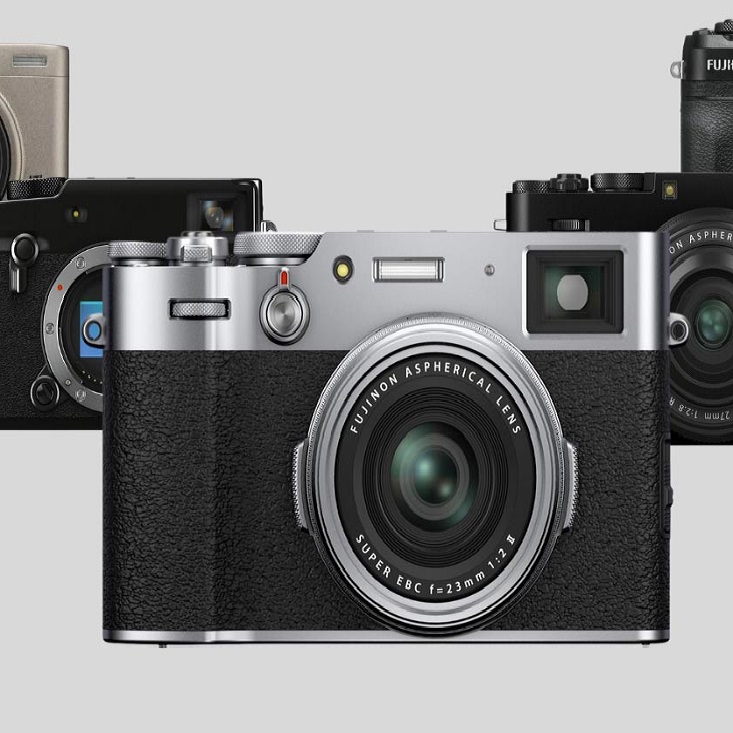
Upgrading Your Photography with Cost-Effective Choices
For those who have a slightly higher budget but still seek value. The Fujifilm X-T100 or X-T200 models might be the right fit. These cameras strike an excellent balance between functionality and price, providing more advanced features such as higher-resolution sensors, electronic viewfinders, and versatile touchscreen displays. Their interchangeable lens system gives photographers the flexibility to expand their kit as their skills grow. Without the initial expense of more professional cameras.
Fujifilm’s commitment to regular firmware updates means that even budget cameras receive new features and improvements over time, extending their viability and competitiveness in the market. This dedication to enhancing user experience through support and updates means that investing in a budget Fujifilm camera is not just an immediate cost-saving measure but also a long-term value proposition. With a Fujifilm camera, beginners can embark on their photographic journey, safe in the knowledge that they have a reliable tool that grows with them, and experienced photographers can find a budget-friendly secondary camera that doesn’t sacrifice quality.
